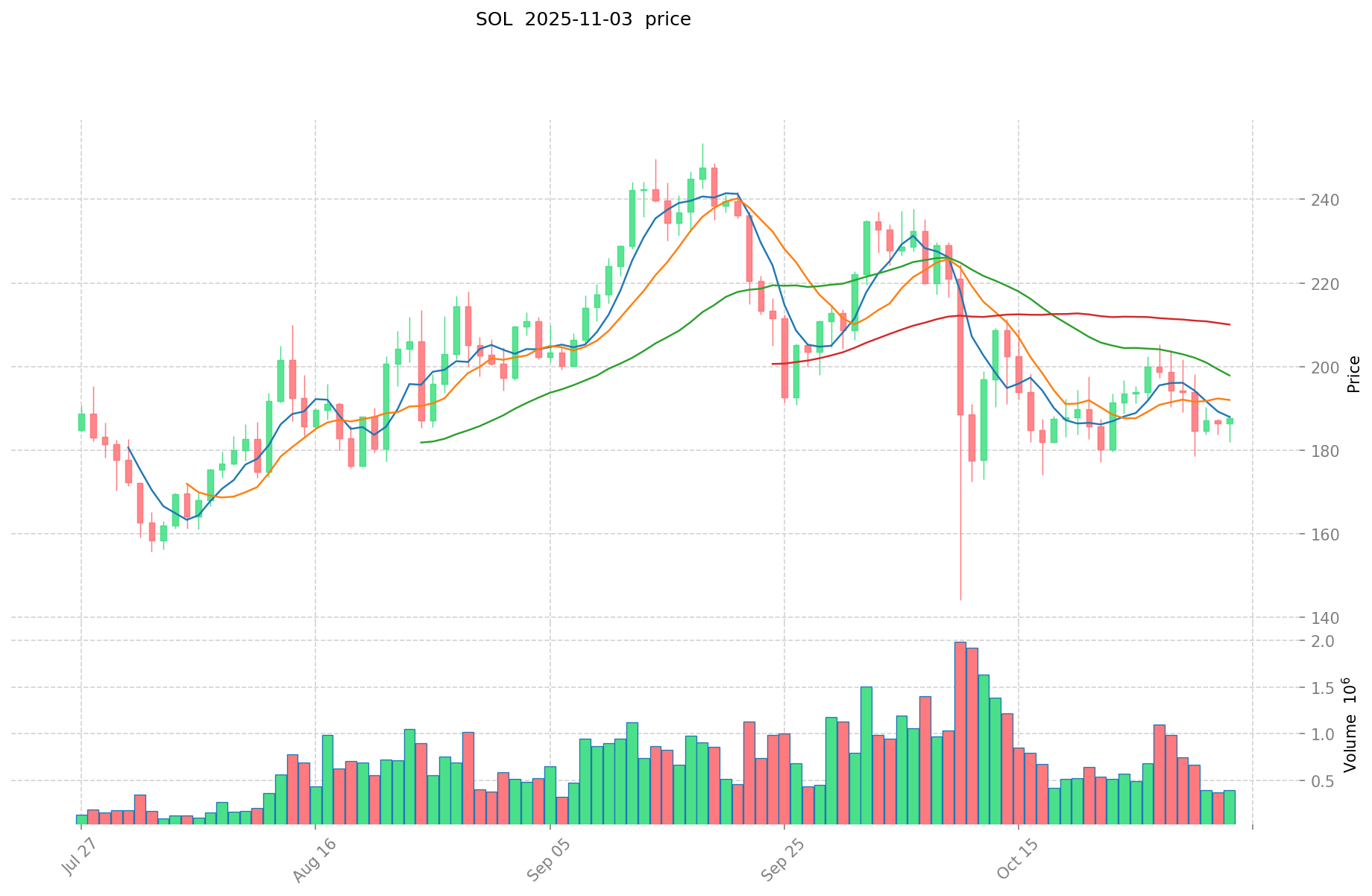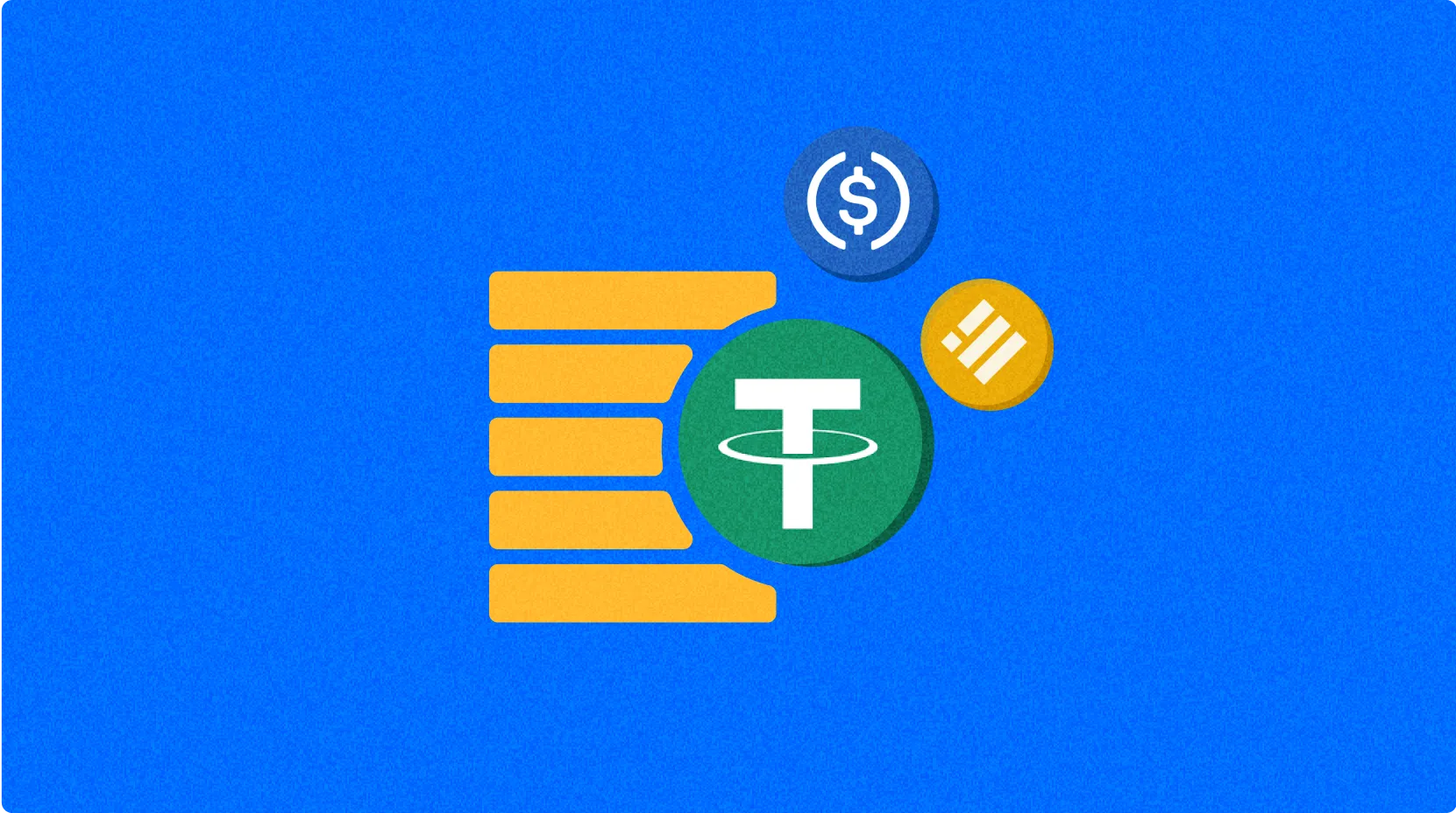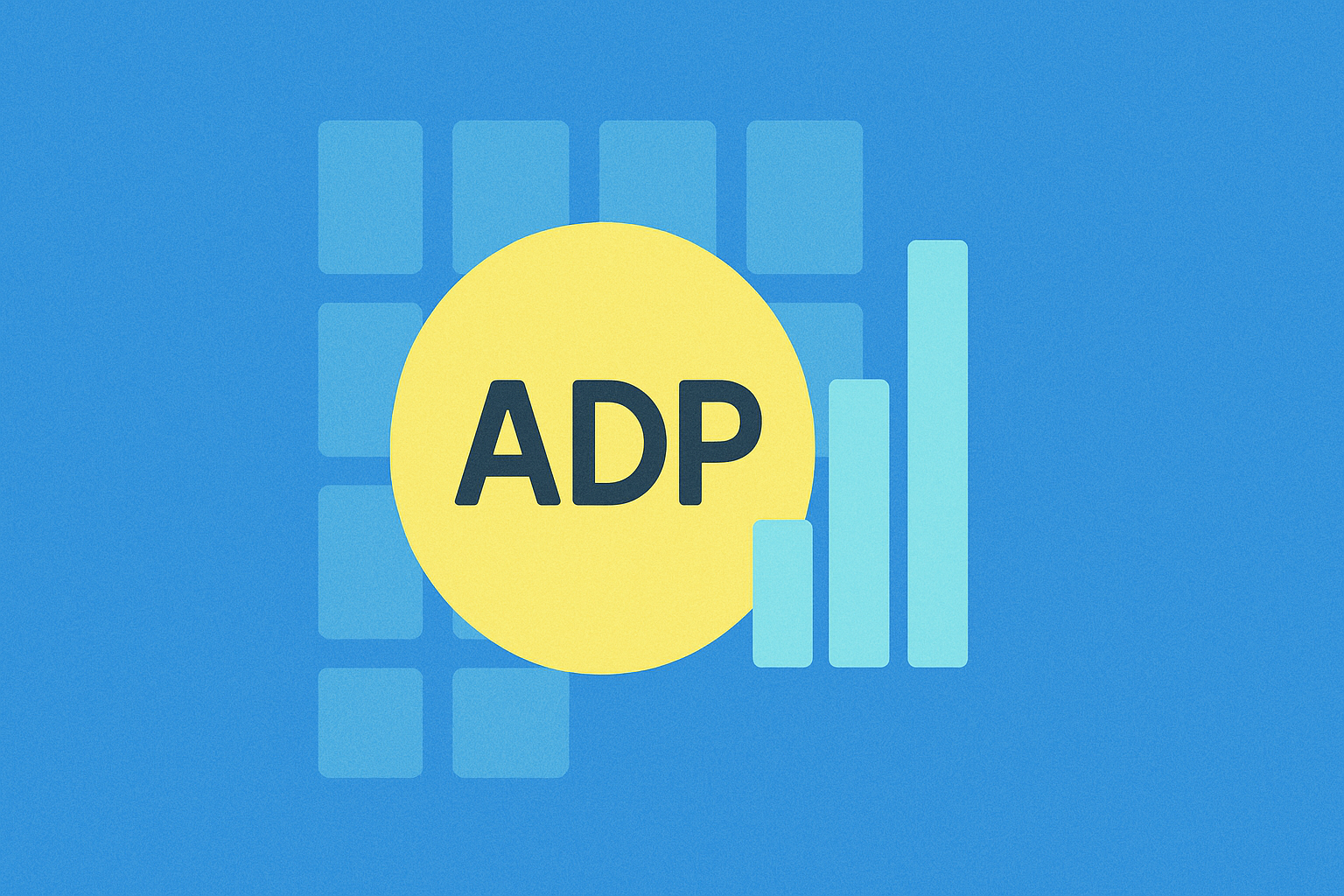PLSPAD ve SOL: Merkeziyetsiz Finans alanında Blockchain platformlarının rekabeti

Giriş: PLSPAD ile SOL Yatırımı Karşılaştırması
Kripto para piyasasında PulsePad ile Solana karşılaştırması, yatırımcıların sıklıkla gündeminde olan bir konudur. İki varlık; piyasa değeri sırası, kullanım alanları ve fiyat hareketleri bakımından temel farklılıklar gösterirken, kripto varlıklar içinde ayrı konumlar temsil eder.
PulsePad (PLSPAD): Lansmanından bu yana, PulseChain üzerinde geliştirilen projeler için öncü bir IDO platformu olarak piyasada kabul görmüştür.
Solana (SOL): 2017 yılının sonlarında piyasaya sürülen SOL, merkeziyetsizlik ve güvenlikten taviz vermeden ölçeklenebilirlik sunmak amacıyla tasarlanmış yüksek performanslı bir blockchain protokolü olarak öne çıkmıştır.
Bu makale; PLSPAD ve SOL’un yatırım değerlerini, geçmiş fiyat hareketleri, arz mekanizmaları, kurumsal benimseme, teknolojik ekosistemler ve gelecek öngörüleri açısından kapsamlı biçimde analiz ederek, yatırımcıların en çok merak ettiği şu soruya yanıt aramaktadır:
"Şu anda hangisi daha iyi bir yatırım fırsatı?"
I. Fiyat Geçmişi Karşılaştırması ve Güncel Piyasa Görünümü
PulsePad (PLSPAD) ve Solana (SOL) Geçmiş Fiyat Hareketleri
- 2021: PLSPAD, 13 Kasım 2021’de 0,447594 $ ile tüm zamanların en yüksek seviyesini gördü.
- 2022: SOL, genel kripto piyasasındaki dalgalanmalar nedeniyle sert oynaklık yaşadı.
- Kıyaslama: 2022 ayı piyasasında PLSPAD zirveden tarihi dip seviyesine gerilerken, SOL daha dirençli kaldı fakat ciddi fiyat kayıpları yaşadı.
Güncel Piyasa Durumu (03 Kasım 2025)
- PLSPAD güncel fiyatı: 0,0002077 $
- SOL güncel fiyatı: 186,66 $
- 24 saatlik işlem hacmi: PLSPAD 9.626,37 $ / SOL 77.731.656,39 $
- Piyasa Duyarlılık Endeksi (Korku & Açgözlülük): 42 (Korku)
Anlık fiyatları görüntülemek için tıklayın:
- PLSPAD güncel fiyatı için Piyasa Fiyatı
- SOL güncel fiyatı için Piyasa Fiyatı


II. PLSPAD ile SOL Yatırım Değerini Etkileyen Temel Unsurlar
Arz Mekanizması Karşılaştırması (Tokenomik)
- PLSPAD: Launchpad odaklı, sınırlı arz modeli
- SOL: Zamanla azalan enflasyon oranına sahip enflasyonist model
- 📌 Tarihsel eğilim: Arz yapıları, iki varlıkta da döngüsel fiyat hareketleri oluşturur; sınırlı arzlı tokenlar genellikle daha yüksek volatilite gösterir.
Kurumsal Benimseme ve Piyasa Uygulamaları
- Kurumsal Yatırımlar: SOL, büyük ticaret kurumlarının desteğiyle kurumsal alanda daha fazla ilgi görmektedir
- Kurumsal Kullanım: SOL, DeFi altyapısı ve blockchain geliştirmede daha geniş kurumsal uygulamalara sahiptir
- Düzenleyici Yaklaşımlar: Küresel farklılıklar olmakla birlikte, SOL genellikle daha az incelemeyle karşılaşır
Teknolojik Gelişim ve Ekosistem Oluşturma
- SOL Teknik Güncellemeleri: İşlem kapasitesi ve ağ istikrarında sürekli gelişmeler
- PLSPAD Teknik Gelişimi: Launchpad işlevselliği ve PulseChain entegrasyonu ön planda
- Ekosistem Karşılaştırması: SOL, DeFi, NFT ve akıllı sözleşme uygulamalarında daha olgun bir ekosisteme sahiptir
Makroekonomik Faktörler ve Piyasa Döngüleri
- Enflasyon Dönemi Performansı: Her iki varlık da enflasyona karşı hassas; SOL daha iyi koruma sağlayabilir
- Makroekonomik Para Politikası: Faiz oranları ve doların gücü, işlem hacmi ve değerlemeyi etkiler
- Jeopolitik Faktörler: Sınır ötesi işlem talebi, benimsenme oranlarını ve düzenleyici gelişmeleri etkiler
III. 2025-2030 Fiyat Tahmini: PLSPAD ile SOL
Kısa Vadeli Tahmin (2025)
- PLSPAD: Temkinli 0,000110081 $ - 0,0002077 $ | İyimser 0,000247163 $
- SOL: Temkinli 132,5783 $ - 186,73 $ | İyimser 253,9528 $
Orta Vadeli Tahmin (2027)
- PLSPAD, büyüme evresine geçebilir; öngörülen fiyat aralığı 0,000166923349425 $ - 0,000320598813975 $
- SOL, konsolidasyon evresine girebilir; öngörülen fiyat aralığı 139,34390136 $ - 292,34896952 $
- Temel etkenler: Kurumsal sermaye girişi, ETF, ekosistem gelişimi
Uzun Vadeli Tahmin (2030)
- PLSPAD: Temel senaryo 0,000264506123472 $ - 0,000339110414707 $ | İyimser senaryo 0,000386585872767 $
- SOL: Temel senaryo 337,93319946472407 $ - 427,763543626233 $ | İyimser senaryo 573,20314845915222 $
Feragat: Bu tahminler bilgilendirme amaçlıdır, yatırım tavsiyesi değildir. Kripto para piyasaları yüksek oynaklığa ve belirsizliğe sahiptir. Yatırım kararı öncesi mutlaka kendi araştırmanızı yapın.
PLSPAD:
| Yıl | Tahmini En Yüksek Fiyat | Tahmini Ortalama Fiyat | Tahmini En Düşük Fiyat | Değişim Oranı |
|---|---|---|---|---|
| 2025 | 0,000247163 | 0,0002077 | 0,000110081 | 0 |
| 2026 | 0,000302483895 | 0,0002274315 | 0,00016375068 | 9 |
| 2027 | 0,000320598813975 | 0,0002649576975 | 0,000166923349425 | 27 |
| 2028 | 0,000307417168524 | 0,000292778255737 | 0,000275211560393 | 40 |
| 2029 | 0,000378123117284 | 0,00030009771213 | 0,000156050810308 | 44 |
| 2030 | 0,000386585872767 | 0,000339110414707 | 0,000264506123472 | 63 |
SOL:
| Yıl | Tahmini En Yüksek Fiyat | Tahmini Ortalama Fiyat | Tahmini En Düşük Fiyat | Değişim Oranı |
|---|---|---|---|---|
| 2025 | 253,9528 | 186,73 | 132,5783 | 0 |
| 2026 | 326,105272 | 220,3414 | 143,22191 | 18 |
| 2027 | 292,34896952 | 273,223336 | 139,34390136 | 46 |
| 2028 | 404,3841984468 | 282,78615276 | 226,228922208 | 51 |
| 2029 | 511,941911649066 | 343,5851756034 | 219,894512386176 | 84 |
| 2030 | 573,20314845915222 | 427,763543626233 | 337,93319946472407 | 129 |
IV. Yatırım Stratejisi Karşılaştırması: PLSPAD ile SOL
Uzun Vadeli ve Kısa Vadeli Yatırım Stratejileri
- PLSPAD: Launchpad işlevselliği ve PulseChain ekosisteminin gelişimine odaklanan yatırımcılar için uygundur
- SOL: Daha geniş blockchain altyapısı ve DeFi uygulamalarına yatırım yapmak isteyenler için uygundur
Risk Yönetimi ve Varlık Dağılımı
- Temkinli yatırımcılar: PLSPAD %10 / SOL %90
- Agresif yatırımcılar: PLSPAD %30 / SOL %70
- Koruma araçları: Stablecoin, opsiyon, döviz çeşitlendirmesi
V. Potansiyel Risk Karşılaştırması
Piyasa Riski
- PLSPAD: Düşük piyasa değeri ve işlem hacmi nedeniyle yüksek volatilite
- SOL: Genel kripto piyasa eğilimleri ve makroekonomik faktörlerden etkilenir
Teknik Risk
- PLSPAD: Ölçeklenebilirlik ve ağ istikrarı PulseChain gelişimine bağlıdır
- SOL: Ağ tıkanıklığı ve potansiyel güvenlik açıkları
Düzenleyici Risk
- Küresel düzenlemeler iki varlığı farklı şekilde etkileyebilir; SOL daha geniş kullanımından dolayı daha fazla denetime tabi olabilir
VI. Sonuç: Hangisi Daha İyi Bir Yatırım?
📌 Yatırım Değeri Özeti:
- PLSPAD avantajları: Launchpad hizmetlerinde niş bir pazar, PulseChain ekosisteminde büyüme potansiyeli
- SOL avantajları: Gelişmiş ekosistem, kurumsal benimseme, DeFi ve kurumsal uygulamalarda geniş kullanım
✅ Yatırım Tavsiyesi:
- Yeni yatırımcılar: SOL’u, yerleşik piyasa konumu ve ekosistemi nedeniyle değerlendirin
- Deneyimli yatırımcılar: Her iki varlığa dengeli yaklaşım, SOL’a daha fazla ağırlık verilebilir
- Kurumsal yatırımcılar: Likidite ve kurumsal altyapısından dolayı SOL’a odaklanın
⚠️ Risk Uyarısı: Kripto para piyasaları yüksek oynaklığa sahiptir. Bu makale yatırım tavsiyesi değildir. None
VII. Sıkça Sorulan Sorular
S1: PLSPAD ile SOL arasındaki temel farklar nelerdir? C: PLSPAD, öncelikle PulseChain projeleri için IDO platformu sunarken, SOL, DeFi, NFT ve akıllı sözleşmelerde geniş kullanım alanına sahip yüksek performanslı bir blockchain protokolüdür. SOL, PLSPAD’e göre daha yüksek piyasa değeri, işlem hacmi ve kurumsal benimsemeye sahiptir.
S2: Tarihsel fiyat performansı bakımından hangi varlık öne çıkar? C: Tarihsel olarak SOL daha dayanıklı ve genel olarak daha iyi fiyat performansı sergilemiştir. Her iki varlık da 2022 ayı piyasasında düşüş yaşasa da, SOL zirveye oranla daha yüksek bir fiyat seviyesinde kalmıştır.
S3: PLSPAD ile SOL’un yatırım değerini etkileyen başlıca faktörler nelerdir? C: Arz mekanizmaları (tokenomik), kurumsal benimseme, teknik gelişim, ekosistem inşası, makroekonomik faktörler ve düzenleyici yaklaşımlar başlıca etkenlerdir. SOL, piyasa konumunun yerleşik olması sayesinde çoğu alanda avantajlıdır.
S4: PLSPAD ile SOL’un arz mekanizmaları nasıl farklılık gösterir? C: PLSPAD, launchpad işlevi için tasarlanmış sınırlı arz modeline sahipken; SOL, zamanla azalan enflasyon oranına sahip enflasyonist bir model izler. Bu fark, fiyat oynaklığı ve uzun vadeli değer üzerinde etki yaratır.
S5: 2030’da PLSPAD ile SOL için öngörülen fiyat aralıkları nedir? C: Tahminlere göre PLSPAD’in temel senaryo fiyat aralığı 0,000264506123472 $ - 0,000339110414707 $, iyimser senaryo ise 0,000386585872767 $. SOL için temel senaryo 337,93319946472407 $ - 427,763543626233 $, iyimser senaryo ise 573,20314845915222 $’dır.
S6: Yatırımcılar portföylerinde PLSPAD ile SOL’u nasıl oranlamalı? C: Temkinli yatırımcılar için önerilen dağılım %10 PLSPAD ve %90 SOL’dur; agresif yatırımcılar için %30 PLSPAD ve %70 SOL. Ancak bu oranlar bireysel risk ve hedeflere göre ayarlanmalıdır.
S7: PLSPAD ile SOL yatırımlarında başlıca riskler nelerdir? C: Her iki varlık kripto volatilitesine bağlı piyasa riski taşır. PLSPAD, düşük piyasa değeri ve işlem hacmi nedeniyle daha oynaktır. SOL ise ağ tıkanıklığı gibi teknik risklere açıktır. Her ikisi de düzenleyici risklere maruz kalır; SOL, daha geniş kullanımı nedeniyle daha fazla incelemeyle karşılaşabilir.
S8: Yeni yatırımcılar için hangi varlık önerilir? C: SOL, köklü piyasa konumu, geniş ekosistemi ve kurumsal benimsemesiyle genellikle önerilir. Ancak her yatırım kararı detaylı araştırma ve bireysel risk analiziyle verilmelidir.

2025 yılında SOL’un rakiplerinden hangi ana özelliklerle ayrıştığı nedir?

ML vs SOL: Veri Analizinde Makine Öğrenimi ile İstatistiksel Öğrenmenin Karşılaştırılması

Meteora (MET) teknik dokümanı, protokolün temel işleyiş mantığı ve kullanım alanlarıyla ilgili hangi bilgileri sunuyor?

2030 yılına kadar Jupiter (JUP) kripto piyasasında nasıl bir evrim geçirecek?

2025 FRAG Fiyat Tahmini: Kripto para birimi için piyasa trendleri ve olası büyüme faktörlerinin kapsamlı analizi

2025 LIQ Fiyat Tahmini: Likidite Protokol Tokenlerinin Geleceğini Belirleyen Yükseliş Trendleri ve Temel Etkenler

Soğuk cüzdan işlemlerinde işlem ücreti ödenmesi gerekiyor mu? Ayrıntılı inceleme

Sadece 1 $ ile Mikro İşlemeye Başlamak: Yeni Başlayanlar İçin Kılavuz

BNB Smart Chain’in özellikleri ve avantajlarını incelemek

ADP nedir: Otomatik Veri İşleme Sistemleri için Kapsamlı Bir Rehber

READY Hakkında: Mükemmellik ve Gelişim için Çerçeveyi Anlamaya Yönelik Kapsamlı Bir Rehber







